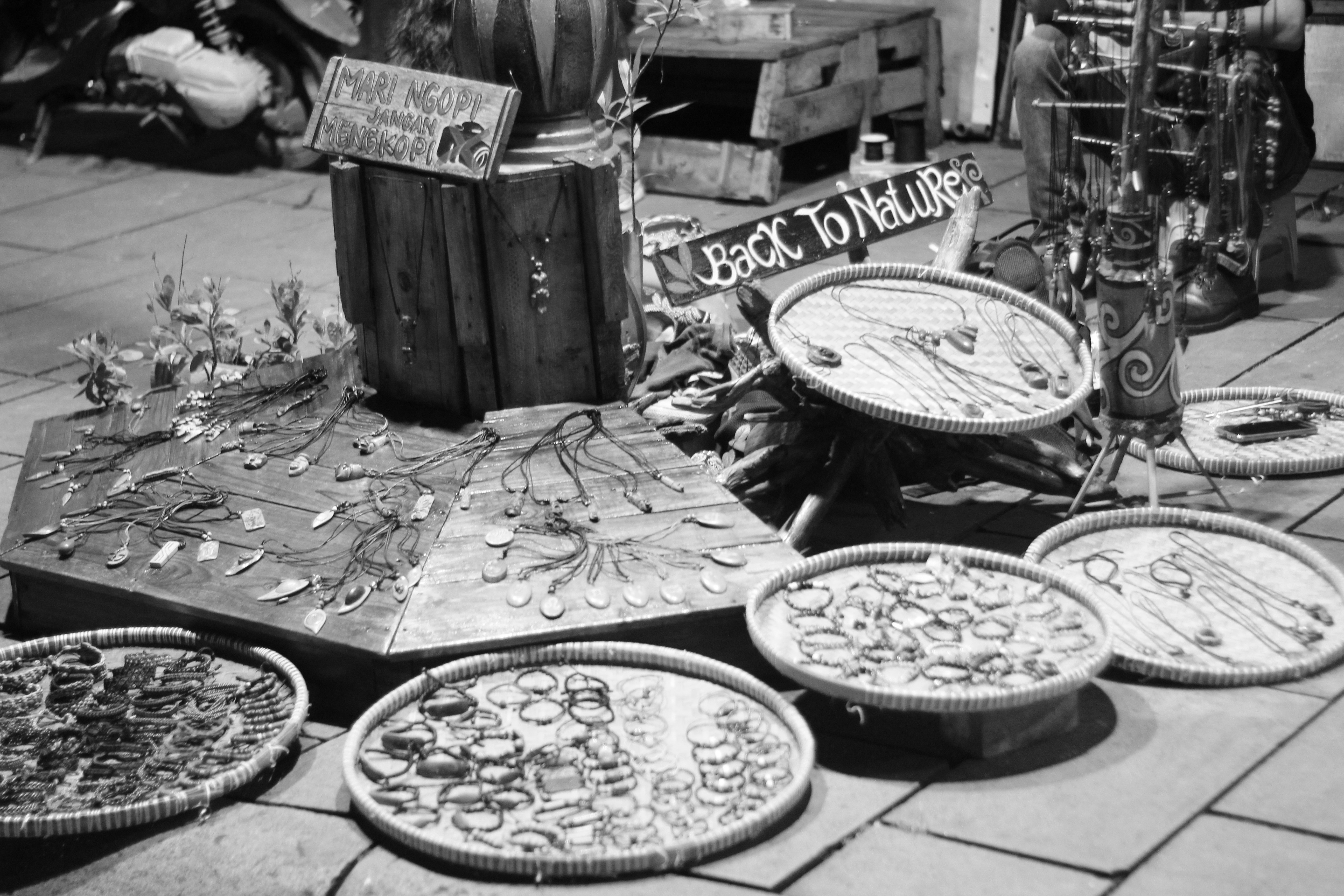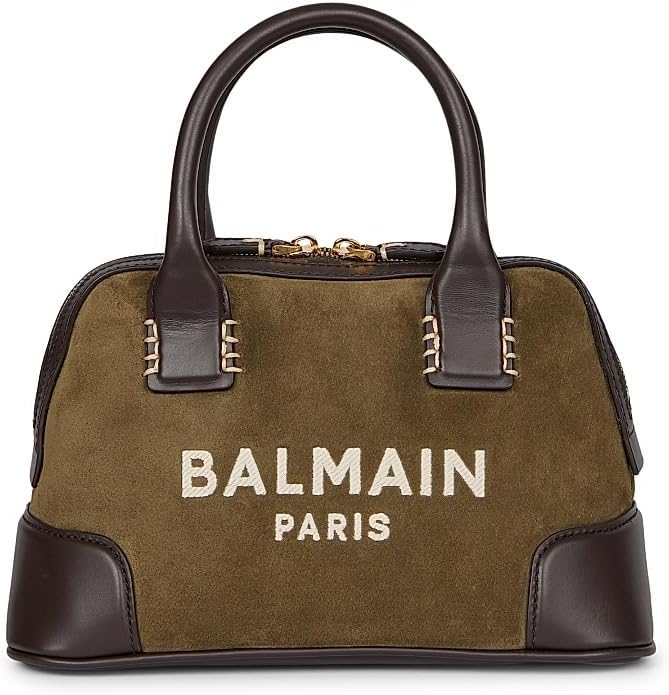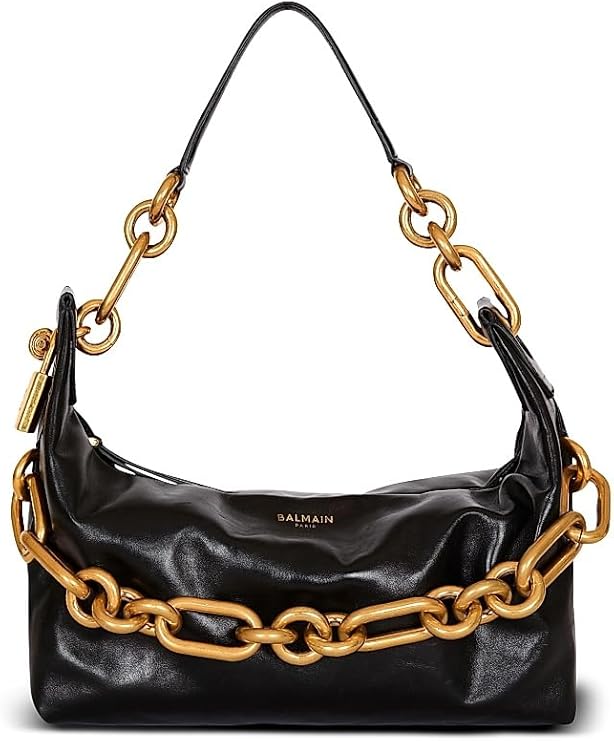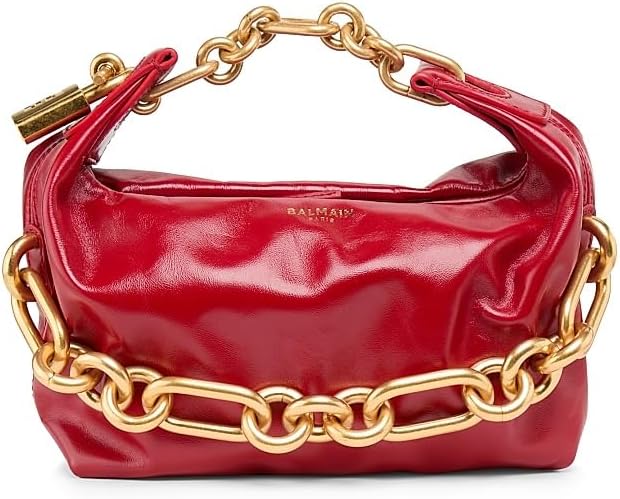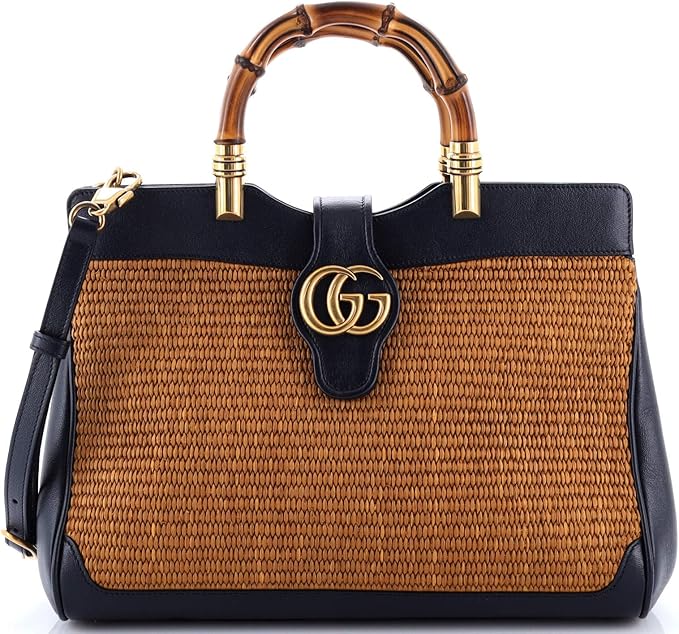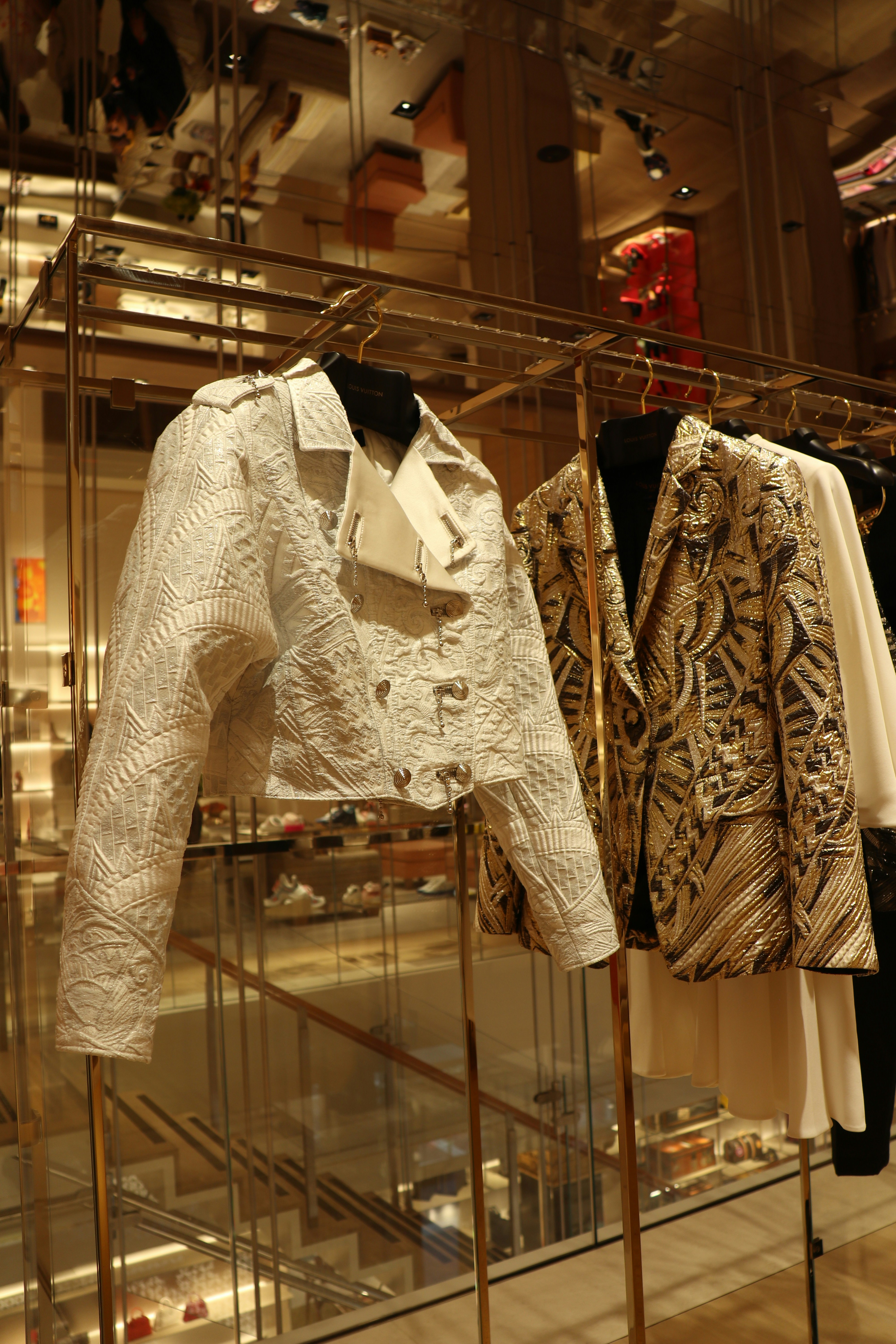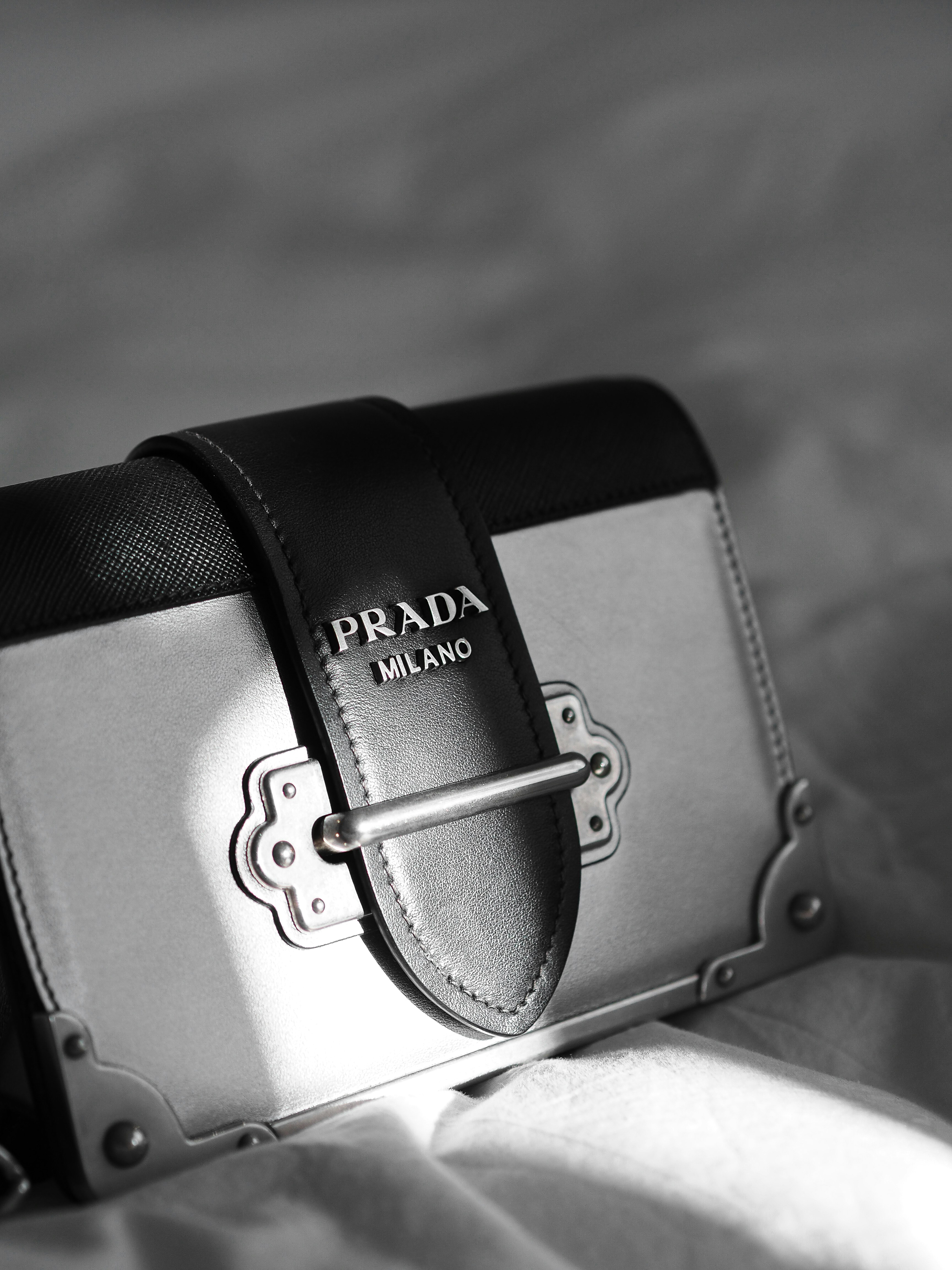The Origins of John Hardy: A Journey to Indonesia
Founded in 1975, John Hardy emerged as a beacon of artisanal craftsmanship in the world of jewelry design, deeply rooted in the rich cultural heritage of Bali, Indonesia. The brand’s story begins with its visionary founder, John Hardy, an individual who was captivated by the beauty and artistry of Balinese culture. Initially starting as a small workshop, John Hardy sought to create pieces that were not only visually striking but also told a story. His ambition was to marry traditional techniques with contemporary aesthetics, thus paving the way for a distinctive style that resonates with consumers globally.
The brand quickly distinguished itself through its dedication to the art of handcrafted jewelry, utilizing the skills of local artisans who were adept at employing age-old methods passed down through generations. Each piece of jewelry crafted by John Hardy embodies the spirit of Bali, integrating elements of the island’s natural beauty and intricate traditions. The use of silver and other materials is not merely a choice but a reflection of the local environment, highlighting the importance of sustainable sourcing that the brand has prioritized from its inception.
Furthermore, John Hardy has played an instrumental role in bringing Balinese artistry to an international audience. Its collections, rich in symbolism and narrative, have captivated fashion enthusiasts and collectors alike, garnering them an esteemed reputation on the global stage. Through a commitment to ethical practices and preserving the crafts of Bali, the brand has successfully created a legacy that honors its origins while appealing to modern sensibilities. This uniquely blends traditional heritage with innovative design, signifying a profound respect for both craftsmanship and sustainability in luxurious jewelry creation.
Balinese Techniques: The Art of Jewelry Making
The art of jewelry making in Bali is deeply rooted in tradition, with techniques that have been passed down through generations. John Hardy embraces these age-old methods, creating exquisite pieces that not only embody luxury but also represent the cultural heritage of the region. One of the hallmark techniques employed by artisans is the intricate weaving of metal chains. This method is revered for its complexity and the skilled craftsmanship it requires. Each link is meticulously crafted and woven by hand, ensuring both strength and beauty in the final product.
In addition to chain weaving, the brand is renowned for its intricate silverwork. Artisans meticulously manipulate silver to create detailed designs reflective of Balinese culture. Techniques such as granulation and reticulation are commonly employed, allowing for the formation of textures that enhance the aesthetic appeal of each piece. Granulation involves the fusing of tiny silver beads to the surface of jewelry, while reticulation creates a unique rippled texture, both of which are hallmarks of expert craftsmanship.
<pfurthermore, a="" aesthetics;="" and="" appreciation="" artisans'="" artistry="" bali.="" balinese="" behind="" beyond="" commitment="" craftsmanship="" creation.
By utilizing traditional methods, John Hardy not only champions the artistry of Bali but also ensures that the meticulous craftsmanship inherent in each piece remains alive. The fusion of age-old techniques with contemporary design exemplifies a harmonious balance that both honors tradition and embraces innovation, ultimately solidifying the brand’s reputation as a leader in sustainable luxury. Thus, each piece crafted is not just a product but a legacy of art and culture.
Sustainable Luxury: John Hardy’s Commitment to the Environment
John Hardy is a distinguished brand that epitomizes sustainable luxury, setting a benchmark in the jewelry industry by intertwining craftsmanship with environmental stewardship. Since its inception, the company’s ethos has been rooted in a profound commitment to sustainability, which permeates through every facet of its operations. The brand’s dedication to responsibly sourced materials reflects a robust approach towards minimizing ecological damage and fostering ethical practices in the luxury market.
One of the cornerstones of John Hardy’s sustainable luxury narrative is its commitment to using ethically sourced materials. The brand primarily utilizes recycled silver and gold in its creations. This choice not only reduces the environmental footprint typically associated with mining but also ensures that artisans are compensated fairly. By sourcing these materials responsibly, John Hardy significantly lessens its impact on the fragile ecosystems from which traditional materials would have been extracted.
Furthermore, the production processes at John Hardy are enhanced through eco-friendly practices, aimed at conserving natural resources. The brand has invested in solar energy to power its facilities in Bali, thereby reducing dependence on fossil fuels. Such initiatives exemplify a shift towards sustainable manufacturing, demonstrating that luxury can indeed be achieved without compromising environmental integrity.
Additionally, John Hardy fosters community engagement through its artisan workshops in Bali, where local artisans craft jewelry using traditional techniques. This initiative not only preserves cultural heritage but also empowers the local workforce by providing them with sustainable livelihoods. The brand’s legitimacy as a champion of sustainable luxury resonates profoundly with today’s conscious consumers who increasingly value transparency and ethical practices in their purchasing decisions.
Ultimately, John Hardy’s multifaceted approach to sustainability reinforces its dedication to providing jewelry that not only captivates with design but also champions environmental and social responsibility.
The Iconic Chain Bracelet: A Symbol of Timeless Style
Among the many exemplary pieces crafted by John Hardy, the iconic chain bracelet stands out as a hallmark of the brand’s dedication to artistry and sustainability. This exquisite jewelry piece is a testament to the skilled artisans of Bali, where centuries-old techniques are lovingly applied to create unique, handcrafted accessories. The design elements of the chain bracelet not only reflect a rich cultural heritage but also embody the principles of sustainable luxury that resonate deeply with modern consumers. Each link tells a story, intertwining tradition with contemporary elegance.
The versatility of the chain bracelet makes it appealing across various demographics, from fashion enthusiasts to collectors of fine jewelry. It can effortlessly transition from casual to formal occasions, allowing wearers to express their personal style without compromising on sophistication. The bracelet can be layered with other pieces or worn solo, showcasing its seamless adaptability and remarkable charm. Its ability to cater to different tastes highlights the commitment of John Hardy to inclusivity in design, ensuring that each individual can find a piece that resonates with them.
Moreover, the chain bracelet acts as a symbol of timelessness, transcending fleeting fashion trends. It reflects the brand’s essence, combining high-quality materials with intricate craftsmanship. The use of ethically sourced silver and gold not only enhances its aesthetic appeal but also reinforces John Hardy’s dedication to sustainability. Each bracelet serves as a reminder of the importance of responsible consumption in the luxury market, encouraging customers to invest in pieces that are not only beautiful but also ethically produced.
As the epitome of John Hardy’s creative vision, the iconic chain bracelet transcends mere adornment; it embodies a philosophy that values beauty with purpose. In conclusion, this piece is more than a fashionable accessory; it is a meaningful artifact that encourages wearers to appreciate the interconnectedness of art, culture, and the environment.

